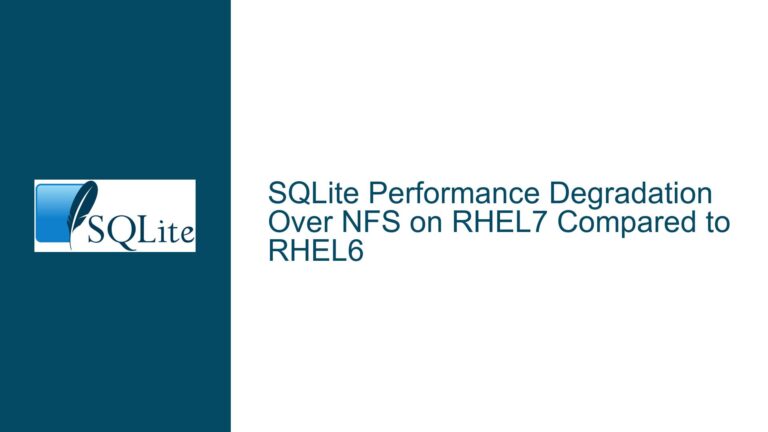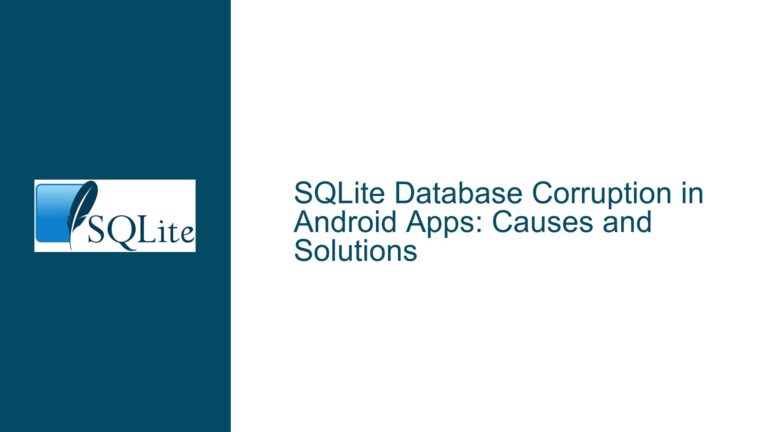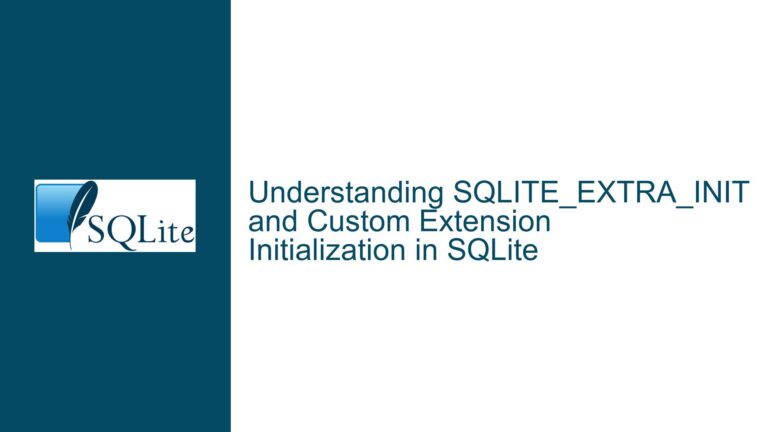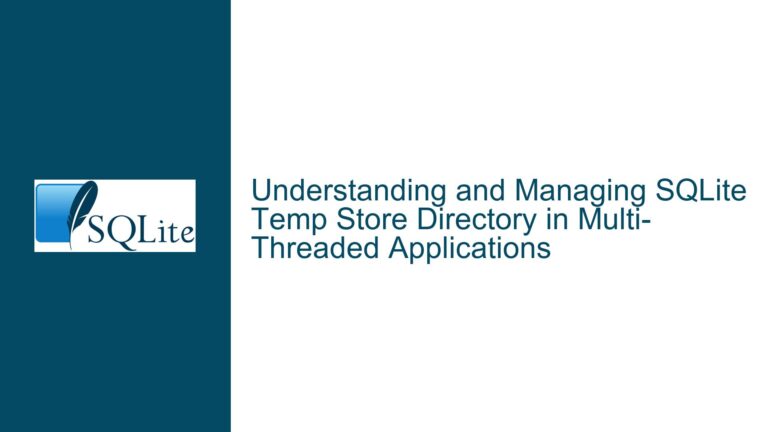Forcing SELECT * on Virtual Tables to Return HIDDEN Columns in SQLite
SQLite Virtual Tables and HIDDEN Columns Behavior SQLite virtual tables are a powerful feature that allows developers to define custom table-like structures backed by application-specific logic. These tables can include HIDDEN columns, which are not returned by default when a SELECT * query is executed. HIDDEN columns are typically used for metadata or internal identifiers…









